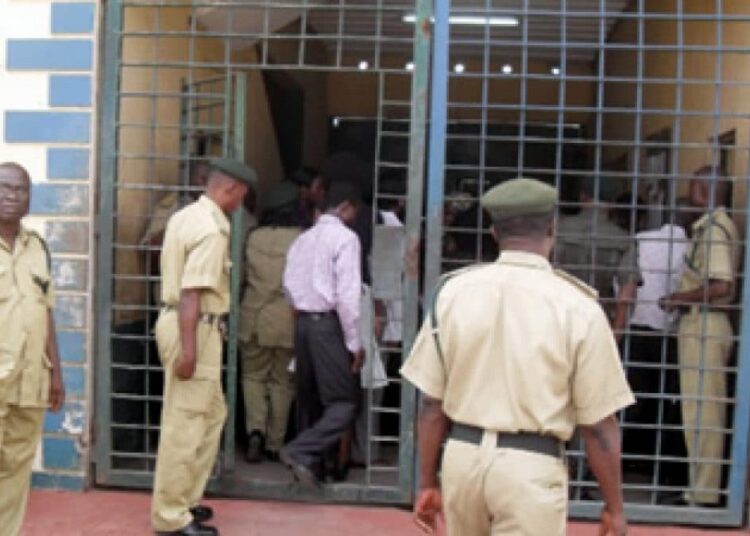It is no longer news that over the last 15 years, Nigeria’s correctional system has witnessed a troubling wave of prison breaks, resulting in the escape of over 7,200 inmates.
LEADERSHIP can now exclusively report that only about 1,500 of those escapees have been recaptured, raising grave questions about national security, prison infrastructure, and the capacity of the Nigeria Correctional Service (NCoS).
This revelation, obtained from a confidential document and corroborated by a highly placed source within the service who spoke anonymously, underscores a disturbing pattern of jailbreaks that continue to challenge the country’s internal security framework.
A detailed breakdown obtained by our correspondent shows that the worst incidents occurred in Edo (2020) and Owerri, Imo State (2021), where 1,993 and 1,844 inmates fled custody, respectively. In both instances, recapture efforts were described as “minimal,” with fewer than 200 inmates returned in each case.
LEADERSHIP gathered that in 2010, Bauchi State recorded 721 escapees and the number recaptured was said to be negligible.
In 2013, Ogun/Ondo recorded 195 escaped inmates, with only about 60 recaptured.
In 2014, Kogi, Ekiti and Niger had 755 escaped inmates, with nearly 200 recaptured.
Again, in 2020, Edo State had another jailbreak where 1,993 escaped, but only a handful were recaptured.
2021 (Owerri): 1,844 escaped; fewer than 200 accounted for.
2022 (Abuja, Delta, Kwara): 885 escaped, about 450 reportedly recaptured.
2024 (Suleja, Niger): 119 escaped, only 10 confirmed recaptured.
2025 (Kogi, Osun, Nasarawa): 18 escaped; recapture data still pending.
From 2010 to 2025, an estimated 7,500 inmates have escaped from custody, most during orchestrated jailbreaks linked to insurgents, cultists, or criminal gangs exploiting lapses in security or internal collusion.
Insiders warn that many of these escapees are hardened criminals, some serving time for violent offences, including murder, kidnapping, armed robbery, and terrorism-related charges.
Security analyst Ekpoto Edmond warned that the low recapture rate, estimated at 15 to 20 per cent, posed a severe threat to communities nationwide, especially as many fugitives melt into society or return to criminal operations.
“This is not just a prison system failure. It is a national security emergency,” said one senior correctional officer who declined to be named.
He said, “We’ve had zero real-time tracking capability, outdated infrastructure, and a chronic staffing crisis. Many facilities have more inmates than staff can safely monitor.”
Despite repeated assurances from government officials and periodic budgetary allocations aimed at prison reform, observers say little has changed.
In 2023, the federal government announced the deployment of surveillance drones and digital monitoring systems across key custodial centres. However, as the Suleja jailbreak in 2024 and recent 2025 incidents in Kogi and Nasarawa show, technological upgrades have not kept pace with the rising sophistication of jailbreak attempts.
Some stakeholders in the sector are calling for a complete overhaul of the correctional system, including the national fugitive database for escaped prisoners, individuals with outstanding arrest warrants, parole violators, and suspects wanted for serious crimes.
According to them, this will help law enforcement agencies quickly identify and locate fugitives. They added that this would prevent fugitives from moving freely unnoticed and push real-time intelligence sharing between correctional centres, police, DSS, and Interpol.





